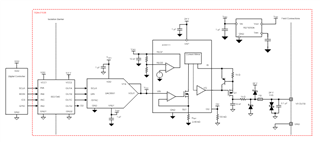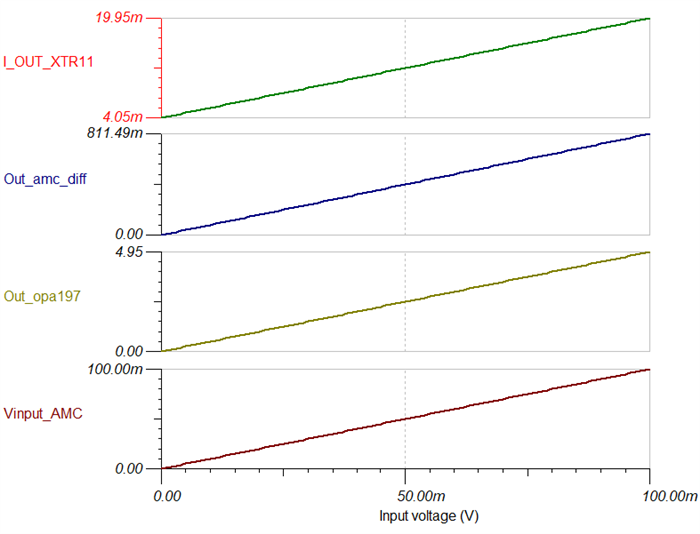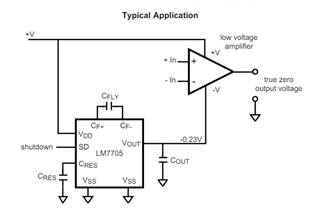Other Parts Discussed in Thread: DAC8563, ISO7341C, MSP430F67791A, XTR300, DAC8771, ISO7721, ISO7741, AMC3301, OPA197, AMC3302, TINA-TI, LM7705
- Input/Output Isolation > 2.5kVrms
- Nominal Operating Voltage= 24VDC
- Input from the shunt can be 50mV, 75mV or 100mV (Selectable between them - Best)
- Output the signal converter/ isolator design connected to the PLC module to I/O with input: 4-20mA (Preferred)







